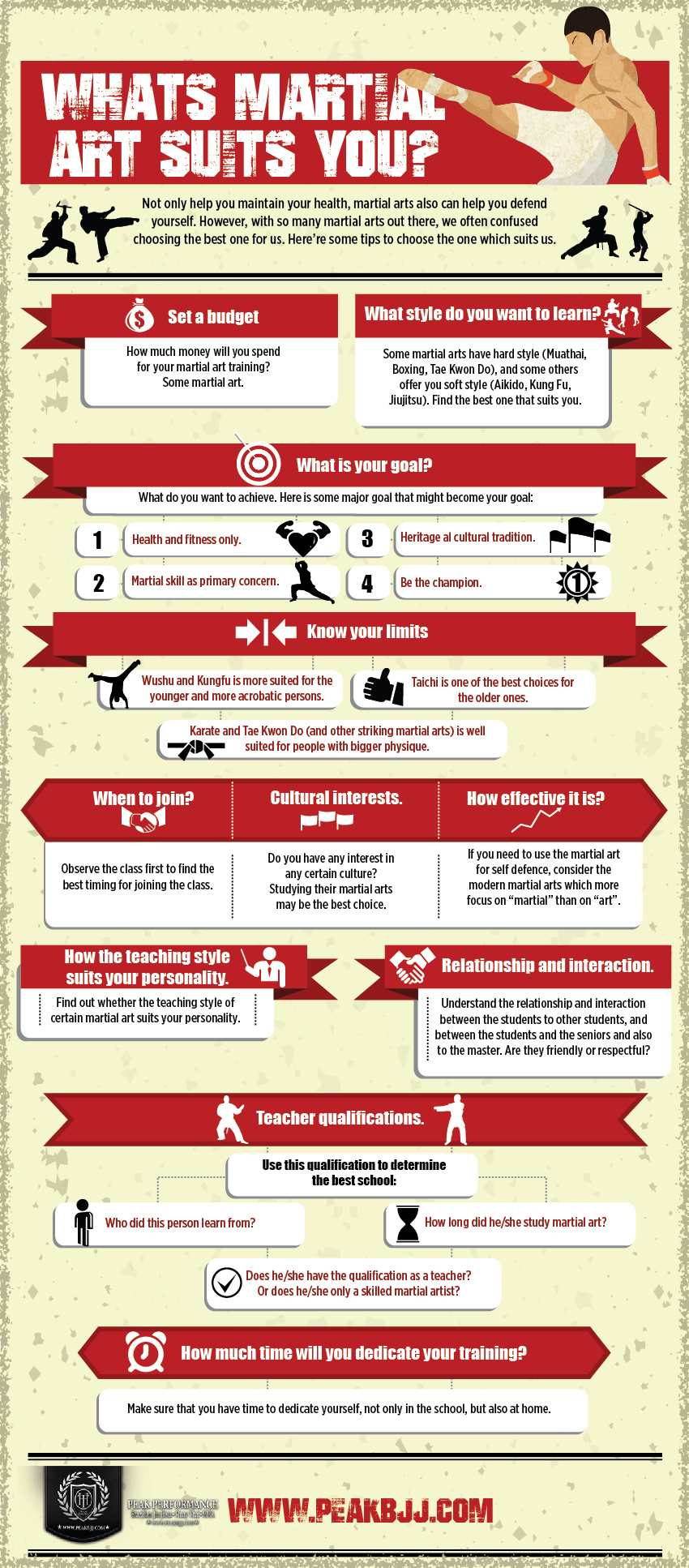Flexibility Is Important In Martial Arts Education And Learning
Flexibility Is Important In Martial Arts Education And Learning
Blog Article
Post By-Young Roy
Did you know that adaptability plays an essential duty in fighting styles training?
As a matter of fact, a study performed by the International Journal of Sports Physical Treatment exposed that over 80% of martial musicians battle with limited versatility.
But why is versatility so crucial? Well, it not just boosts your performance and technique however likewise minimizes the threat of injuries.
So, if you're aiming to take your fighting styles abilities to the next level and stay injury-free, you'll most definitely wish to keep reading.
Benefits of Versatility in Martial Arts
Adaptability in martial arts brings various advantages to experts, allowing you to enhance your performance and decrease the danger of injury. By enhancing your flexibility, you enhance your variety of motion, allowing you to execute strategies with greater precision and effectiveness.
This enhanced dexterity and fluidness in your motions can give you an one-upmanship, enabling you to respond quicker and adapt to different circumstances during competing or competitors. Furthermore, enhanced adaptability assists to avoid injuries by boosting muscular tissue elasticity and joint movement.
martial arts without fighting permits your body to move a lot more freely, reducing the strain on your muscular tissues and ligaments. This, in turn, decreases the possibilities of sprains, pressures, and muscle pulls. By incorporating flexibility training into your martial arts practice, you not only improve your performance yet likewise guard your physical health.
Strategies to Enhance Versatility
To boost your flexibility in fighting styles, you can incorporate numerous extending exercises into your training routine.
One reliable strategy is dynamic extending, which includes relocating through a complete series of motion to warm up your muscles and raise versatility. Examples include leg swings, arm circles, and trunk rotations.
Another technique is static stretching, where you hold a stretch for a continual amount of time. This aids extend and relax your muscles, enhancing adaptability in time. preschool martial arts near me fixed stretches for martial arts include the butterfly stretch, hamstring muscle stretch, and shoulder stretch.
In addition, incorporating yoga or Pilates into your training can likewise significantly improve your versatility.
Keep in mind to always heat up prior to stretching and listen to your body to avoid injury.
Flexibility Educating for All Skill Levels
As you proceed in your martial arts training, improving your adaptability ends up being crucial for enhancing your overall performance. Adaptability training isn't only helpful for sophisticated practitioners yet likewise for beginners and intermediate students.
Despite your ability degree, including flexibility exercises into your training regimen will certainly help you develop a wide variety of motion, avoid injuries, and enhance your method implementation.
For novices, flexibility training can aid improve your kind and stance, allowing you to do motions correctly and successfully. Intermediate professionals can make use of versatility training to further boost their variety of movement and enhance their fluidity in executing complex strategies. Advanced students can benefit from adaptability training by maintaining and fine-tuning their existing adaptability, allowing them to carry out innovative moves easily.
Conclusion
Finally, accepting versatility in your martial arts training is paramount. By incorporating methods to improve adaptability, you can improve your performance and stop injuries.
Remember, ' https://martial-arts-for-kids-wit54322.anchor-blog.com/14182586/start-a-transformative-trip-right-into-the-psyche-of-a-martial-arts-specialist-uncovering-extensive-insights-and-mixing-narratives is a resistant body.' So, maintain pressing your limits, stretching regularly, and reap the benefits of a flexible and nimble figure.
